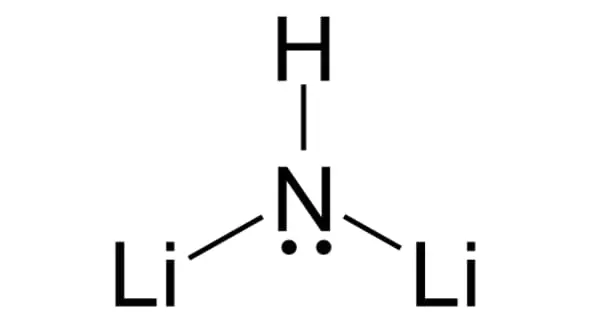Sodium polonide, also known as Na2Po, is a radioactive chemical compound. This salt is a polonide, which is a group of very chemically stable polonium compounds. Polonium is intermediate between intermetallic phases and ionic compounds due to the difference in electronegativity (ΔEN) between sodium and polonium (≈ 1.1 under the Pauling system) and the slight non-metallic character of polonium.
Properties
- Chemical formula: Na2Po
- Molar mass: 254.96 g/mol
- Appearance: grayish
A polonide is a chemical compound of the radioactive element polonium with any element less electronegative than polonium. Polonides are usually prepared by a direct reaction between the elements at temperatures of around 300–400 °C. They are amongst the most chemically stable compounds of polonium, and can be divided into two broad groups:
- ionic polonides, which appear to contain the Po2− anion;
- intermetallic polonides, in which the bonding is more complex.
Production
This salt may be produced from the reaction between aqueous hydrogen polonide and sodium metal:
H2Po + 2 Na → Na2Po + H2
This method of synthesis is hampered by the chemical instability of hydrogen polonide.
Sodium polonide may also be produced by heating sodium and polonium together at 300–400 °C.
Crystal structure
Like lithium polonide and potassium polonide, sodium polonide has the antifluorite structure.
Some polonides are intermediate between these two cases and others are non-stoichiometric compounds. Alloys containing polonium are also classed as polonides. As polonium is immediately below tellurium in the periodic table, there are many chemical and structural similarities between polonides and tellurides.
















